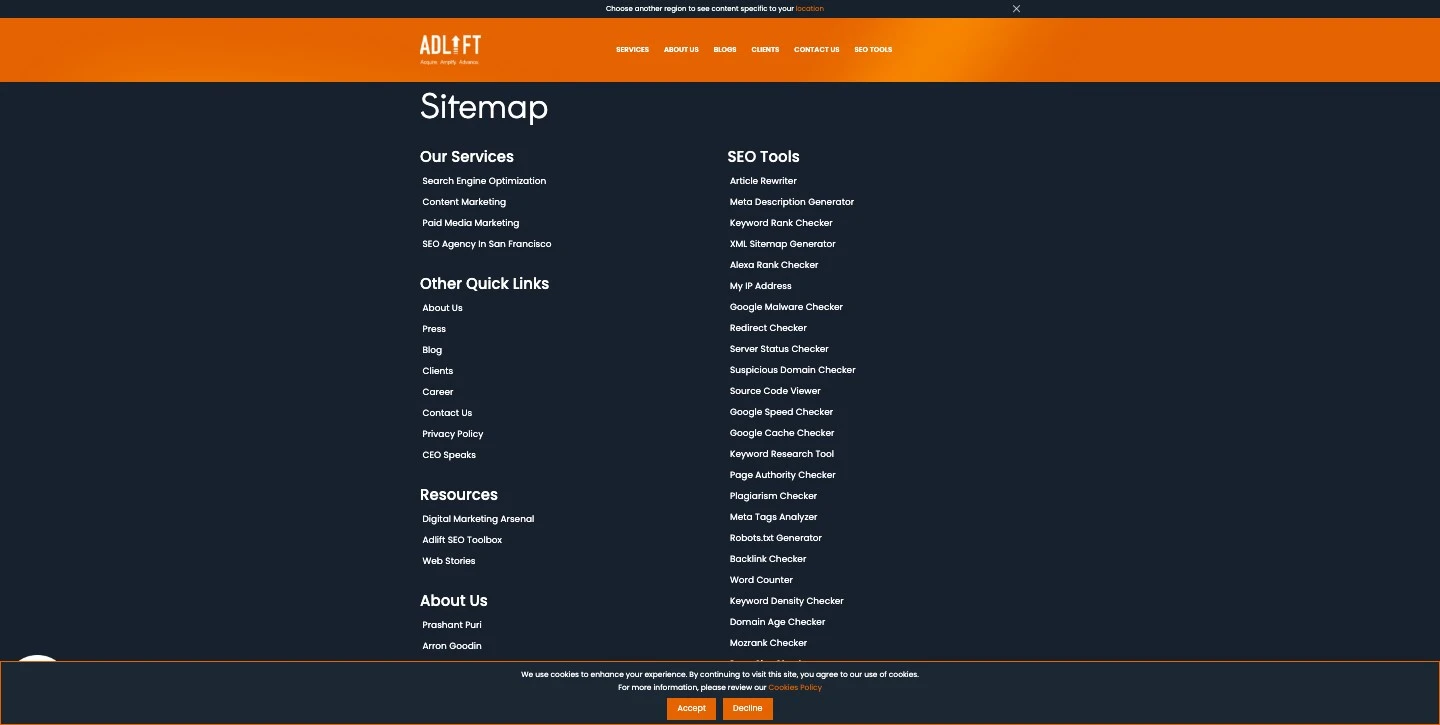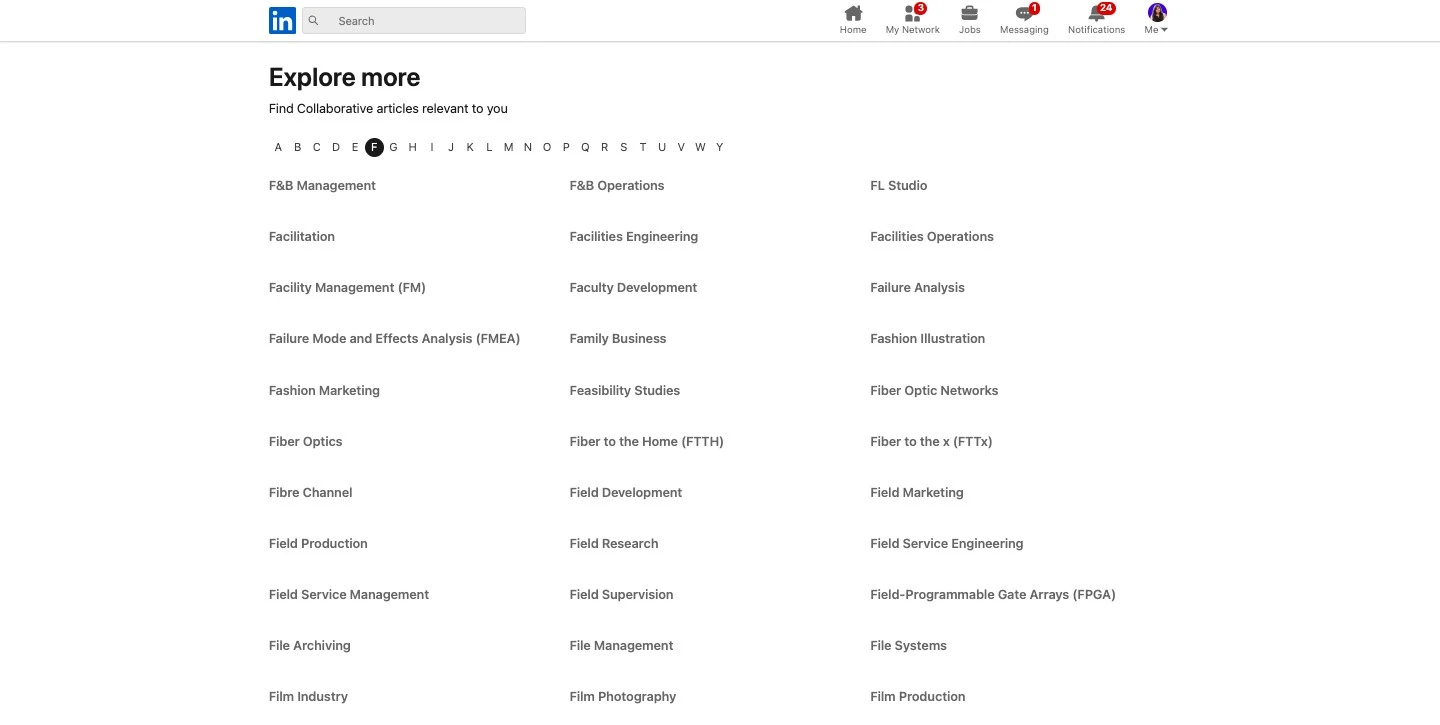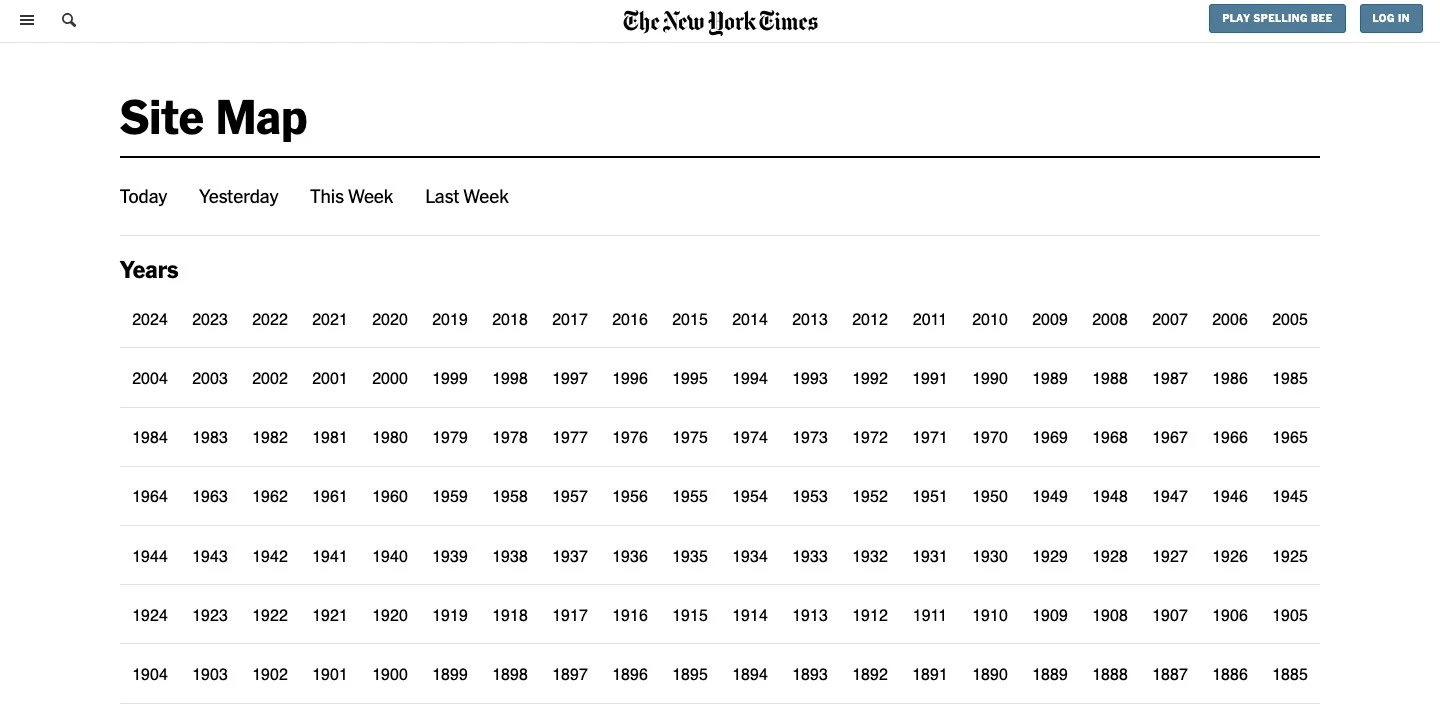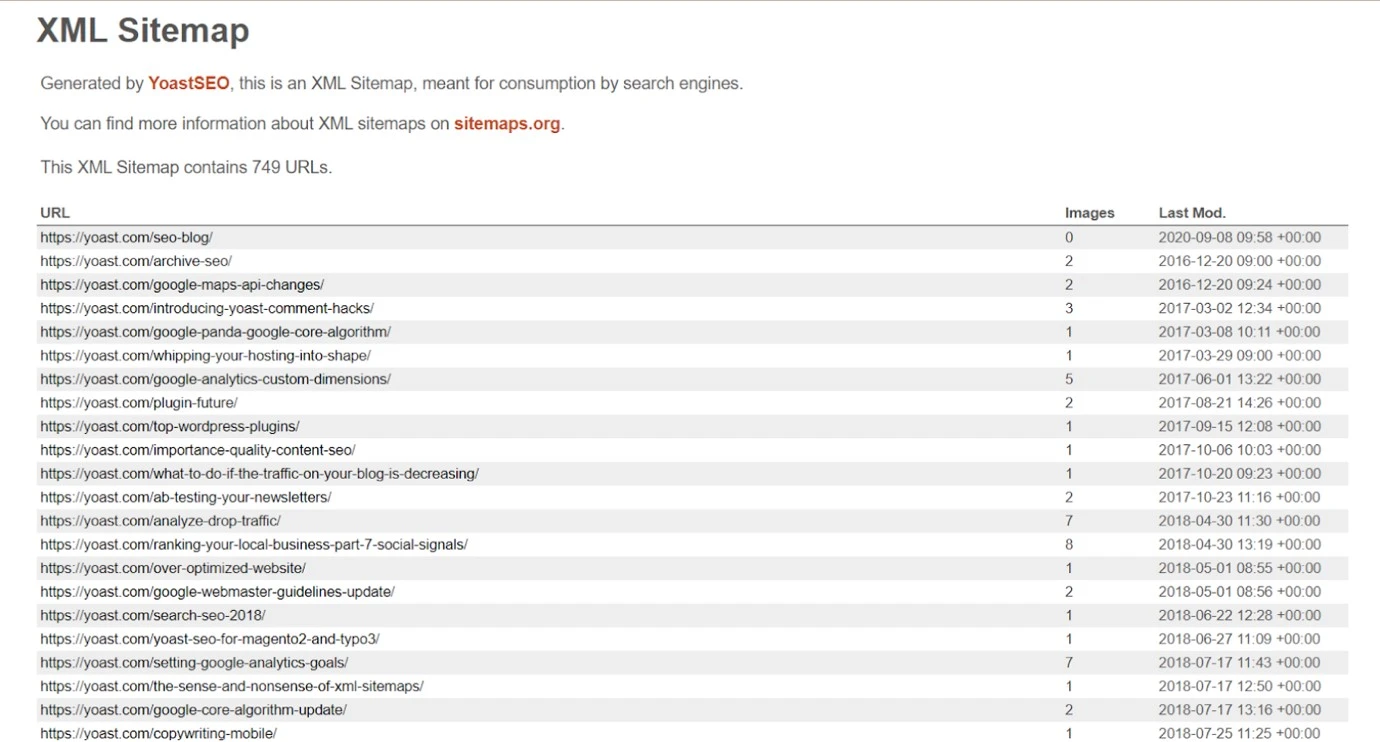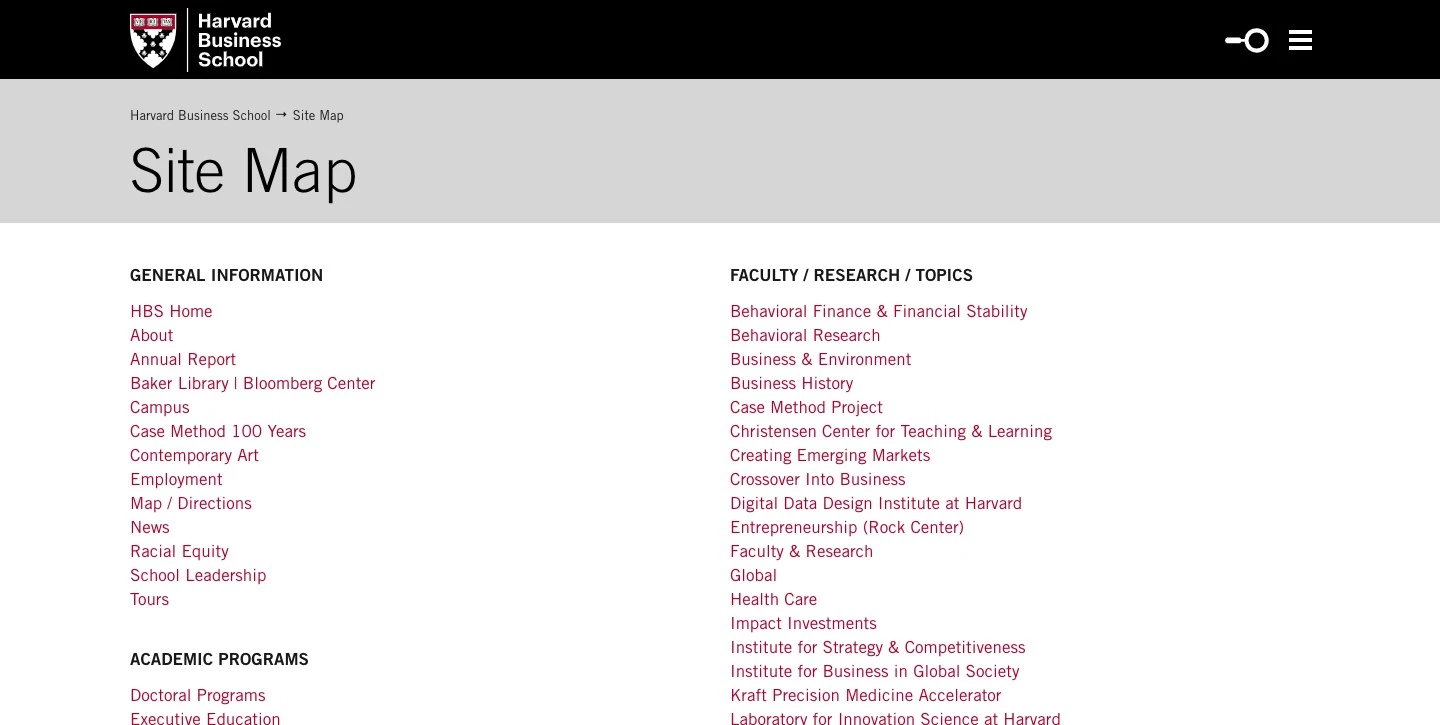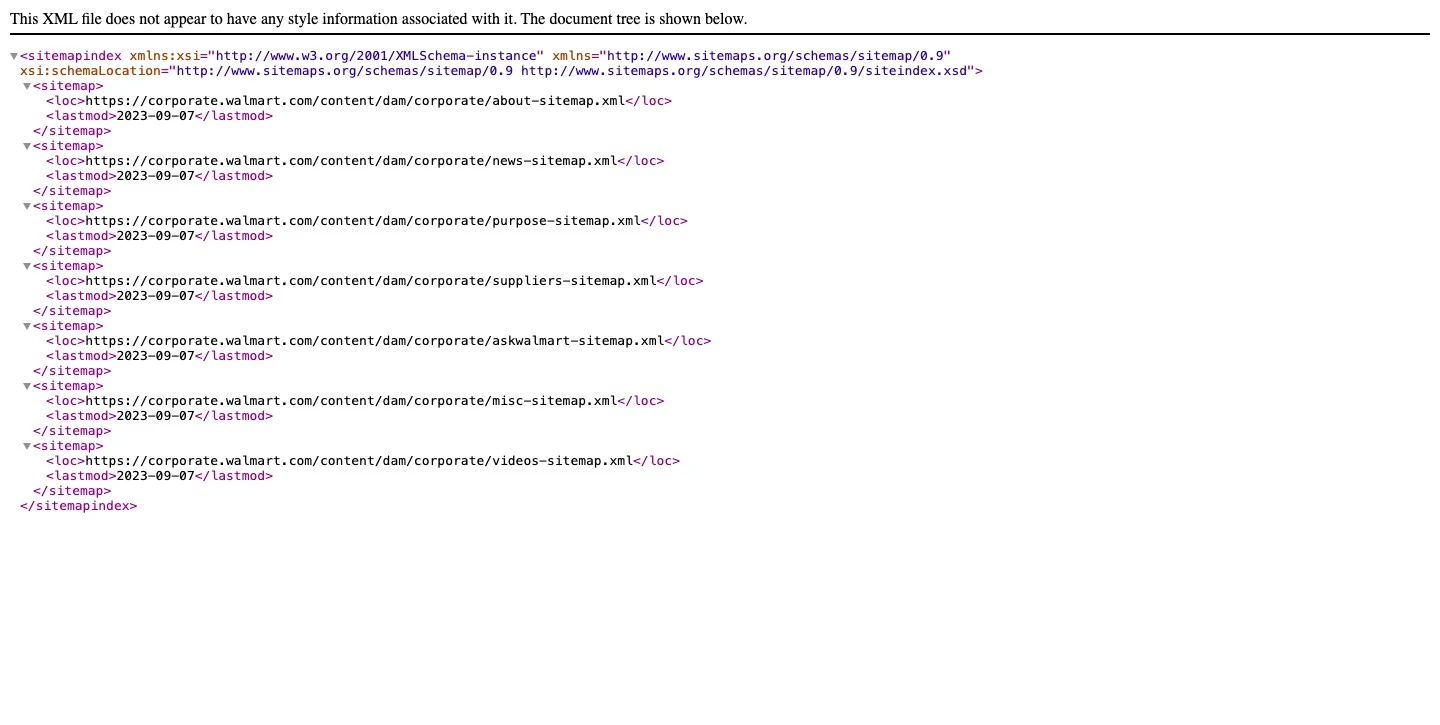Exploring Sitemap Examples: A Guide to Effective Website Organization

An effective website needs an effective organization. That’s what sitemaps are for. It offers clear guidance into a website’s structure so that it is easy to locate different pages. Users can also use sitemaps to navigate through the website to find what they are looking for. Not just this, sitemaps also help you rank higher by indexing content faster.
Everything about sitemaps seems so great, doesn’t it? But how do you know if your sitemap is the perfect one?
Today, we are going to share some of the best sitemap examples to help you have an idea. These sitemap example websites were created by the top experts and understanding can be the first step in determining the type you need.
What is a Sitemap?
Before we jump into the sitemap examples, here’s a brief understanding of what exactly they are:
A sitemap is like a map for a website. It lists all the pages on a site, helping users and search engines navigate and find content easily. You can use different sitemap formats like XML files, RSS files, or plain text files.
- Types of Sitemaps
Sitemaps are primarily divided into two types:
XML Sitemap:
This type is specifically designed for search engines. It’s a file written in XML format that lists all the pages on a website along with additional information like when each page was last updated and its priority.
Below is an XML sitemap format of Tiffany & Co:
HTML Sitemap:
This type is designed for human users. It’s a webpage that lists all the pages in a structured format, making it easier for visitors to navigate the site. It’s like a table of contents for the website.
Here is one of the HTML sitemap examples:
Top 5 Website Sitemap Examples
By now, we are sure you have understood the basics of sitemaps. Now, it’s time to see some of the best sitemap examples:
LinkedIn Pulse Directory
LinkedIn is known for its amazing interface, but its sitemaps are also exceptional. Whether it is LinkedIn’s Pulse Director or the People Directory, all of them have a very clean and organized HTML sitemap that users can easily navigate to find the content they are looking for.
The New York Times
Another one of the best HTML sitemap examples is from the famous New York Times. They have seamlessly created an HTML sitemap linked to over a million user pages based on year tabs. This is the perfect sample sitemap for blogs or new websites.
Yoast Sitemap
Now, let’s move to a sitemap XML example. As you know XML sitemap formats are not really for humans but search engines. This one by Yoast is quite simple and effective which is best for everyone.
Note: By the way, you can also generate one for your website by using Yoast XML sitemap in WordPress. All you need to do is install a Yoast SEO plugin, check the settings, click on XML sitemaps card to enable the feature, and choose “View the XML sitemap”.
Harvard Business School Sitemap
Harvard’s HTML sitemap is another great example of organizing a website effectively. It groups similar content, making it easy for users to find what they’re looking for. You can use this sitemap format for educational or healthcare websites.
Walmart Sitemap
Another sample sitemap XML is from Walmart. It is well-structured and designed for search engines to easily understand and index. You can see the different URLs for new, about, suppliers, and even video pages.
Best Practice To Follow for Sitemaps
If you are planning to create sitemaps for your website, make sure you keep the following in mind:
- Prioritize User Experience
Organize your HTML sitemap with simple, hierarchical lists and include clear headings, categories, and subcategories for easy navigation. - Footer Link
Include a link to your HTML sitemap in the website footer for easy access from any page. - Avoid Clutter
Present key pages, categories, and subcategories in a concise format to prevent overcrowding and maintain clarity. - Include All Relevant URLs
Ensure your sitemap includes all important URLs you want search engines to crawl and index, such as pages, posts, images, and videos. - Keep It Updated
Regularly update your sitemap to reflect any changes or additions to your website’s content so that search engines can access the latest information. - Submit to Search Engines
Submit your sitemap to search engines through their webmaster tools to help them discover and crawl your website efficiently. - Limit URLs per Sitemap
Keep the number of URLs per sitemap file to a manageable size, typically under 50,000 URLs and 50 MB in file size, to ensure optimal performance and indexing.
Beyond Search Engines: Craft Sitemaps that Delight Users Too
Developing and maintaining effective sitemaps is crucial for SEO success. Both XML and HTML sitemaps play key roles in improving search engine rankings and user experience. Following best practices and monitoring performance are essential for enhancing your website’s online presence.
Here at AdLift, we have a professional team that can help you navigate sitemap complexities. Our experts will develop, implement, and optimize sitemaps tailored to your needs. Connect with us and we’ll create sitemaps that are loved by all – be it humans or search engines!

